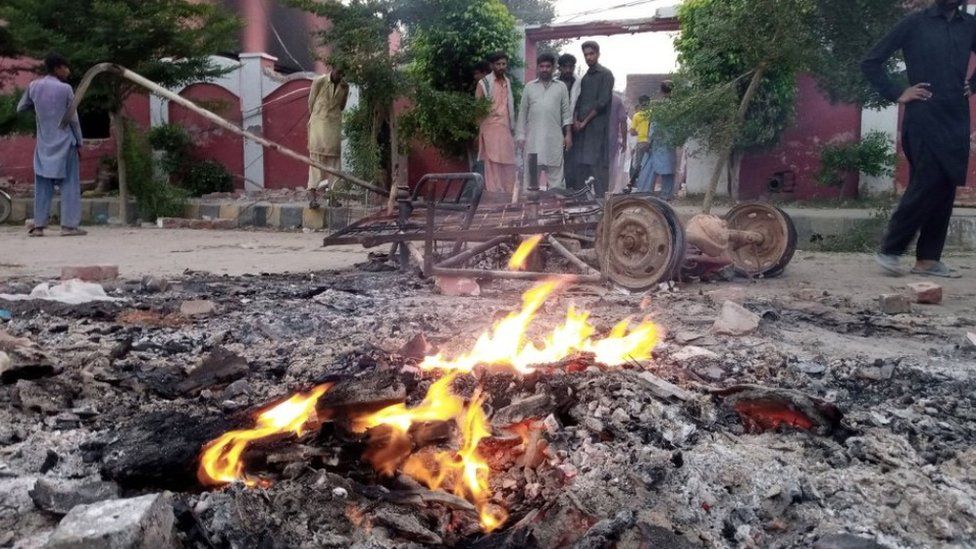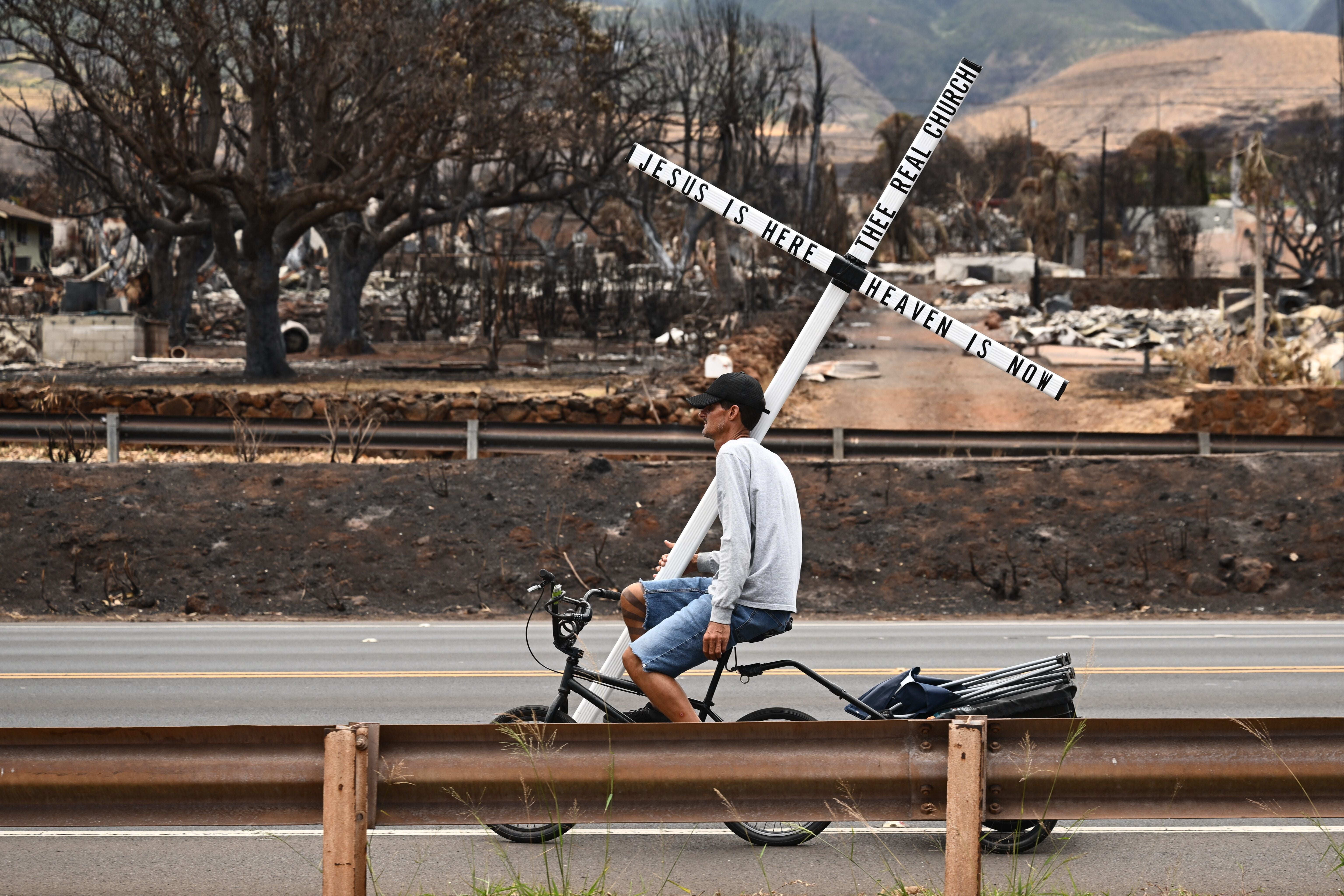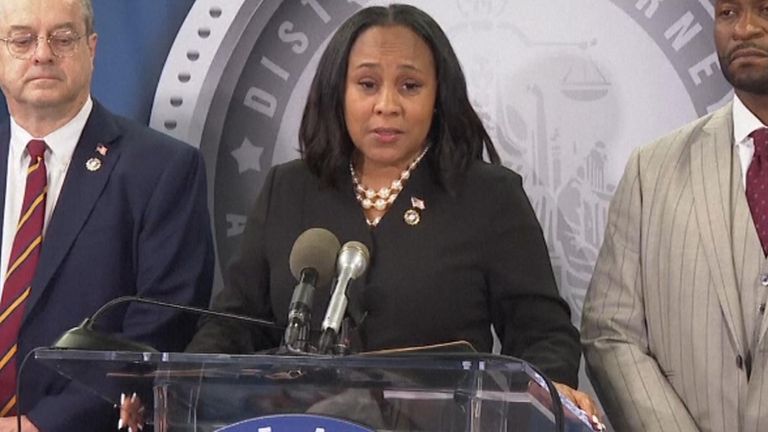At least 72 people died in India's Himalayan state of Himachal Pradesh as bouts of torrential rain continued to trigger landslides and floods, leaving locals scrambling for safety.
Most of the deaths were accounted from Shimla – a picturesque tourist town in Himachal Pradesh – which has been battered by heavy rain since last week. The state is also popular among Hindu devotees due to the presence of numerous religious shrines.
At least 14 people were killed when a Hindu temple in the state capital collapsed, amid fears many others were still trapped beneath the rubble. A cloudburst in Solan district killed seven people earlier this week.
Vikram Singh, an operator at the state's emergency operation center, said on Thursday that 72 people died over five days.
The Indian Air Force along with national and state disaster response teams have been pressed into action to evacuate people from low-lying, vulnerable areas.
Over 2,000 people have been rescued using helicopters and motor boats and are were taken to relief camps, state chief minister Sukhvinder Singh Sukhu said.
There has been a 157 per cent surge in rainfall over the past week that has resulted in extensive damage across the state, the chief minister said.
"There has been a lot of damage due to the rain. Restoration will take time, but it will be done on a war footing," he added.
All the schools and colleges in the state have been ordered to remain closed due to the have been ordered to remain shut on Thursday, while the Himachal Pradesh University has suspended classes til 19 August.
The chief minister, who visited the low-lying Kangra Valley on Wednesday, said at least 100 people were still trapped, while 650 had been rescued after the release of water from the Pong Dam.
Television footage and videos on social media showed houses flattened by landslide, buses and cars hanging on the edge of precipices after roads gave way, and dozens of rescue workers trying to clear the debris.
A security personnel carries the belongings of a villager from the site of a landslide after heavy rains at Jadon village in Solan district of India’s Himachal Pradesh
The India Meteorological Department (IMD) has forecast isolated but heavy rainfall for the state in the next two days.
Mr Sukhu said it would take at least a year to rebuild infrastructure destroyed by the rains of this monsoon, and claimed the estimated loss to be about $100bn. “It’s a big challenge, a mountain-like challenge,” he said.
In the neighbouring Uttarakhand state, at least 10 people have died after being trapped under rubble due to a landslide triggered by heavy downpour early this week.
Livid locals in Himachal Pradesh and environmentalists have raised concerns over the rise in indiscriminate construction of infrastructure by the rivers to accommodate the growing number of tourists visiting the state each year.
"It is poor planning and governance that has led to this much damage," Anand Sharma, a retired meteorologist with the IMD, was quoted by Associated Press as saying.
"All the fallen buildings are those that were constructed recently, buildings built a 100 years ago have witnessed little to no damage," he added.
“This is Krishna Nagar - illegal construction, poor quality, steep slopes yet again. Problems were known,” wrote Sidharth Shukla on X, previously known as Twitter.
“Safety audits should be the No.1 priority for governments in Himachal Pradesh and Uttarakhand,” wrote Anoop Nautiyal.
“Mindless concretisation is responsible not only for destruction of Uttarakhand, Himachal Pradesh etc. It is also responsible for water-logging in every city after 15 minutes of rain,” rued Rajendra Kumbhat.
Yam Thapa, a 48-year-old supervisor at a slaughterhouse in Shimla, had a narrow escaped on Tuesday when the building collapsed.
“Tuesday is an off day and a handful of us were at the slaughterhouse. When we noticed a huge crack on the roof, we ran out of the building but Bhalla, Raju and I returned to our residential premise attached to the slaughterhouse to gather our valuables. While I managed to escape, the building collapsed before the two of them could come out," he told The Indian Express.
“It was a known fact that the slaughterhouse would collapse one day. The soil of the hill had started loosening. Meanwhile, the four houses that had collapsed on the slaughterhouse were vacated on time," he added.
Disasters caused by landslides and floods are common in the Himalayan states during the monsoon months between June to September. However, expert believe the climate crisis is playing a significant role in the intensification of such extreme weather.
In July, record monsoon showers killed more than 100 people over two weeks in parts of northern India, including Himachal Pradesh, which was one of the worst-hit states.
Last year, flash floods killed nearly 200 people and washed away houses in Uttarakhand.
https://news.google.com/rss/articles/CBMiZWh0dHBzOi8vd3d3LmluZGVwZW5kZW50LmNvLnVrL2NsaW1hdGUtY2hhbmdlL25ld3MvaGltYWNoYWwtcHJhZGVzaC1yYWluLWxhbmRzbGlkZS1kZWF0aC1iMjM5Mzg3OC5odG1s0gEA?oc=5
2023-08-17 08:18:03Z
2313125250









